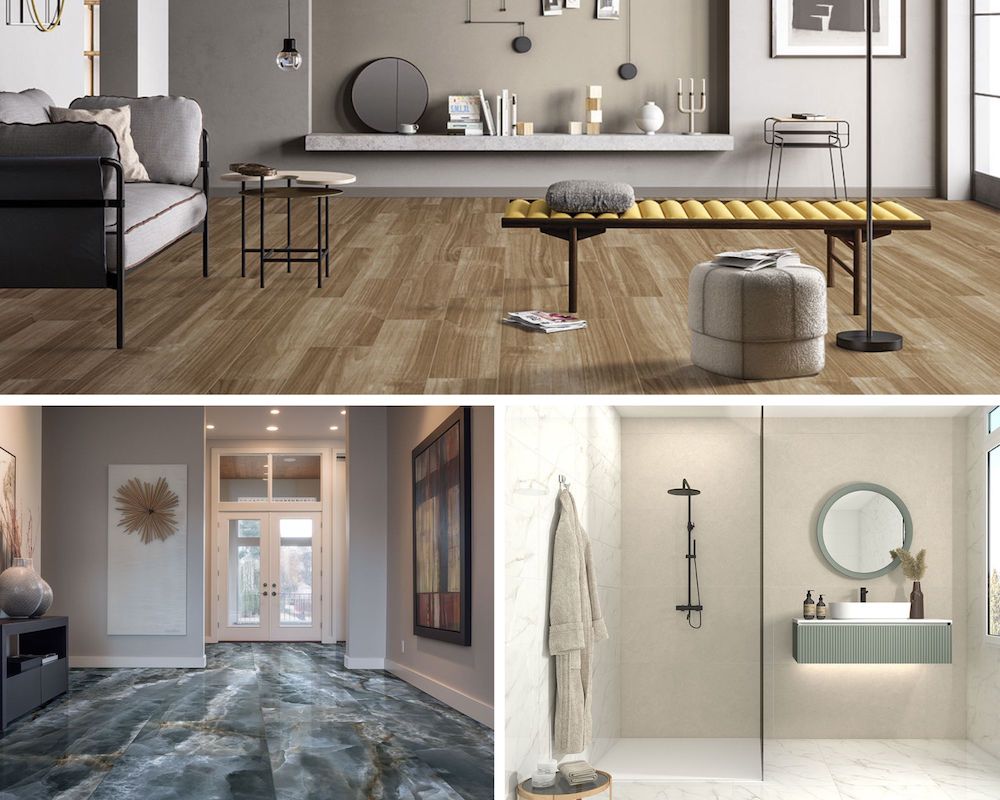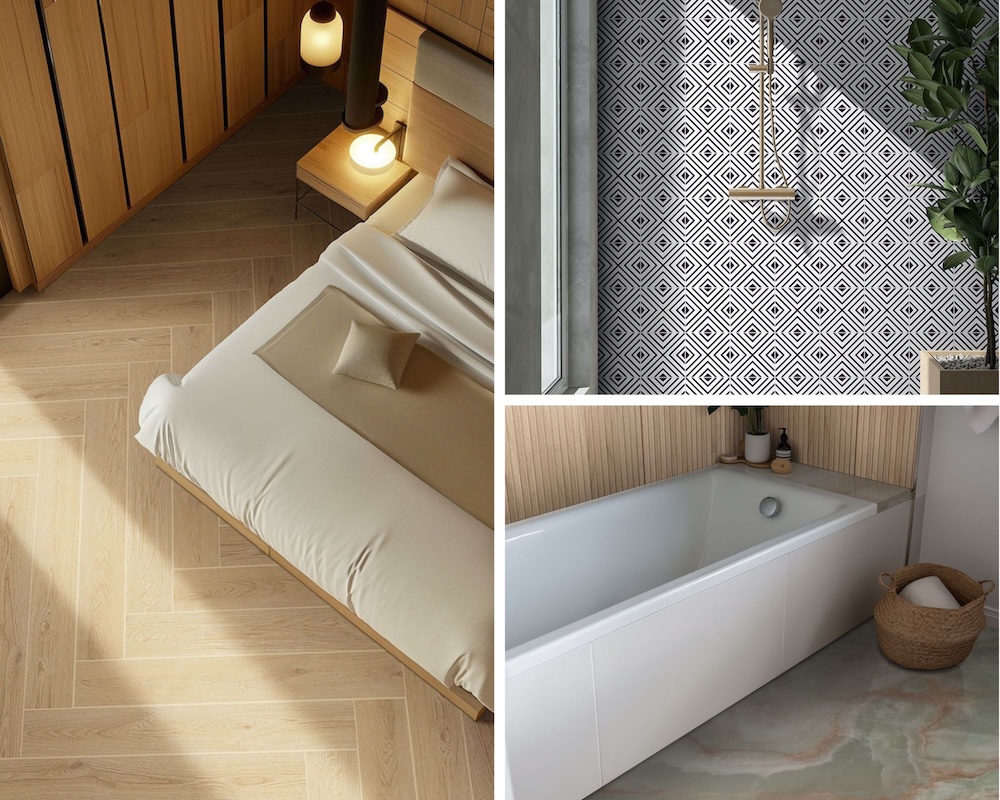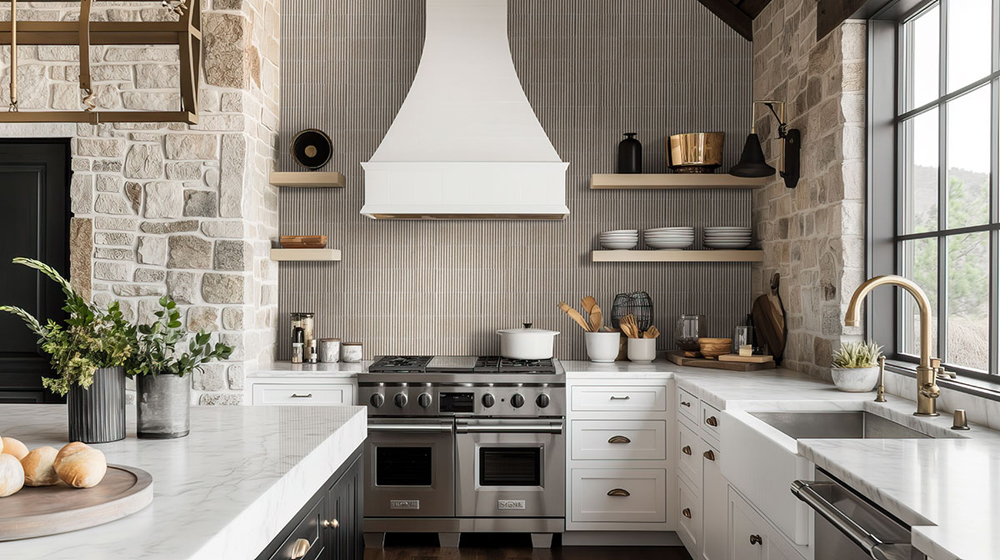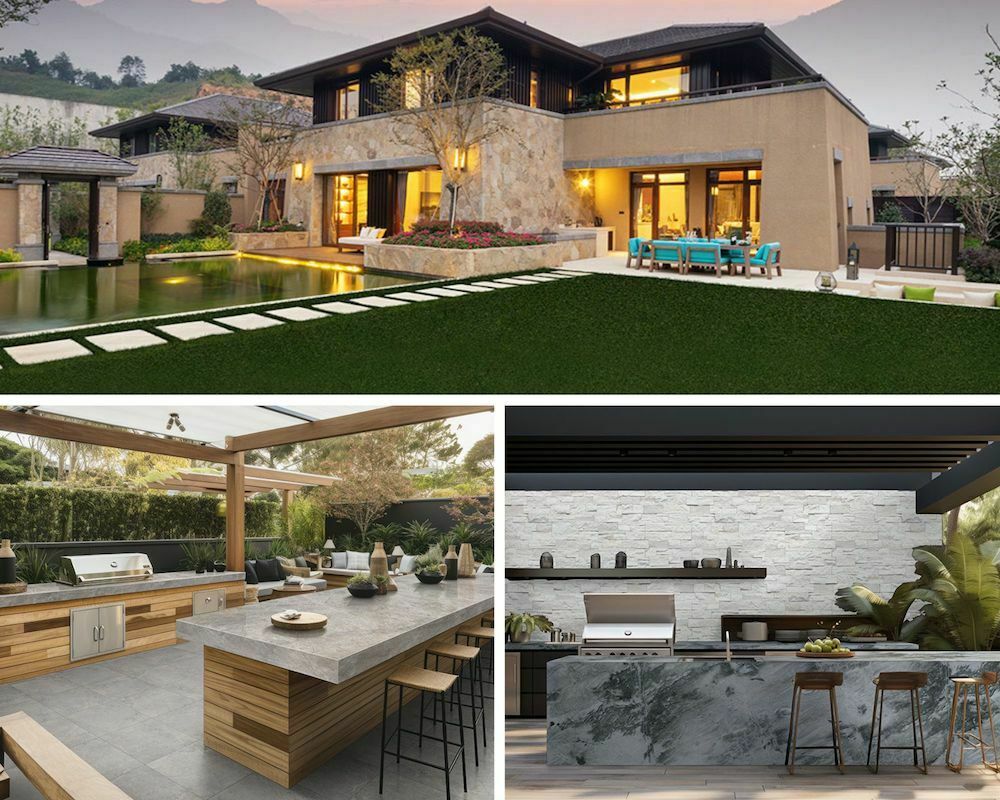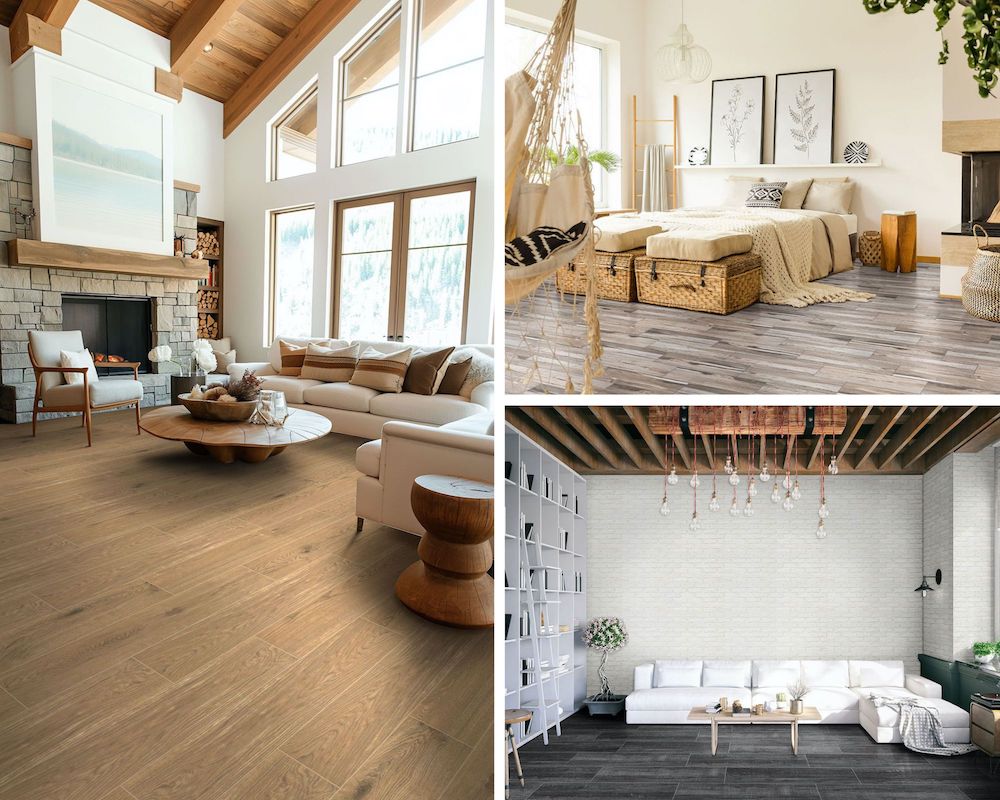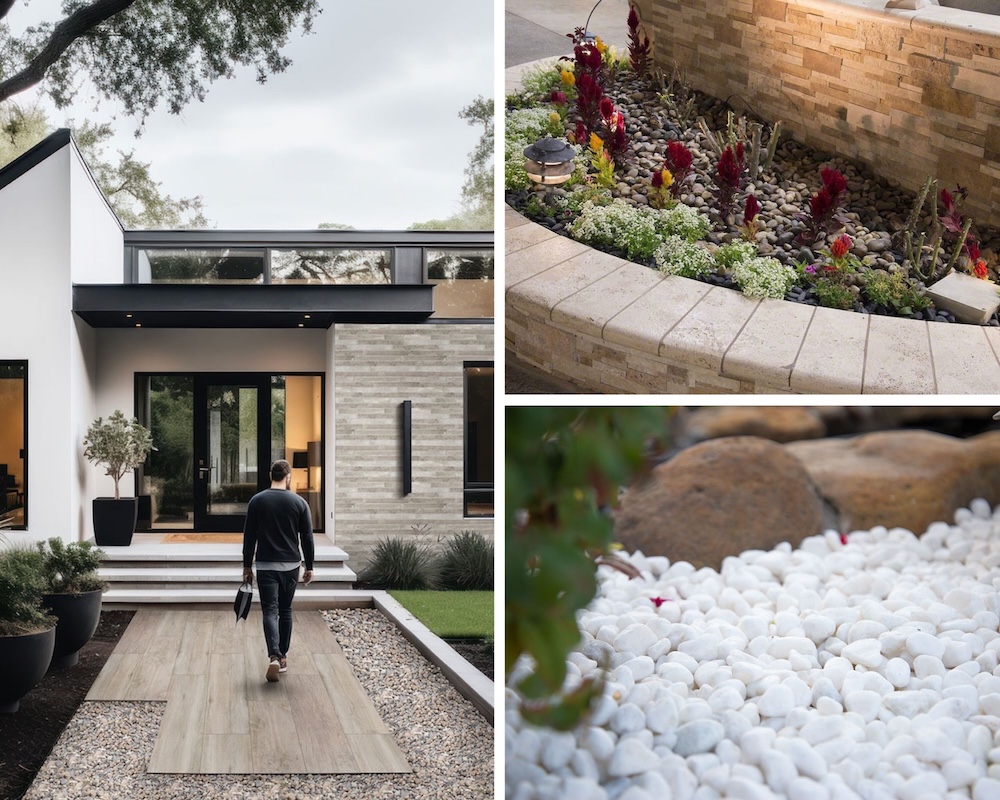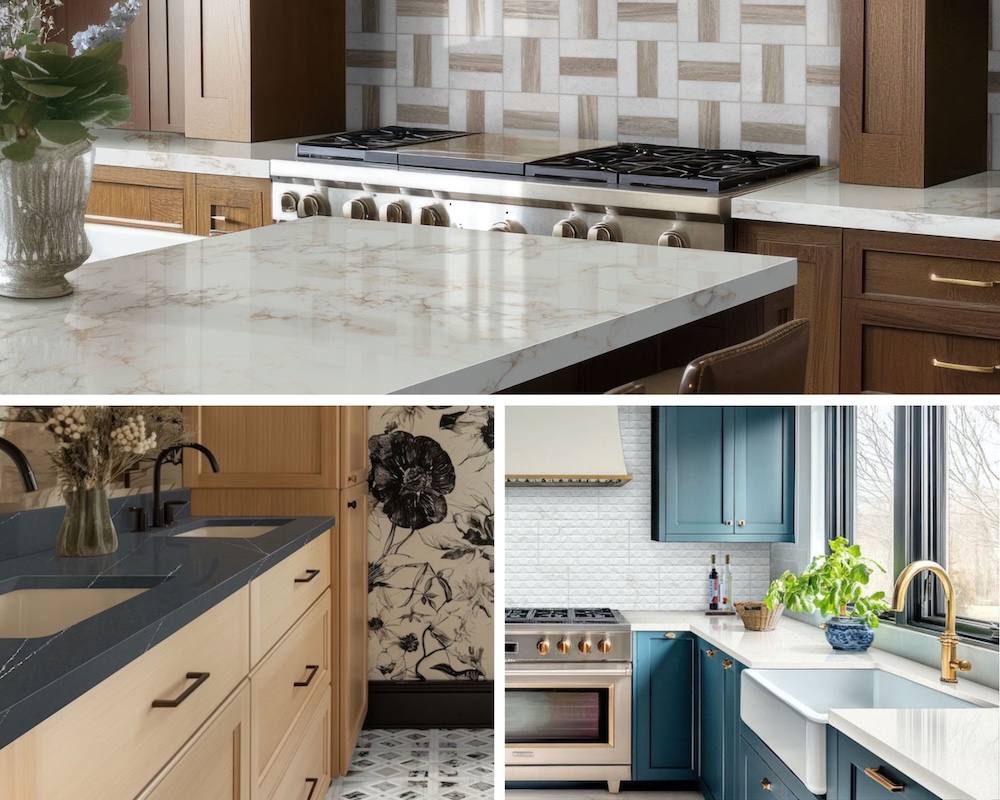Popular
4 Easy Ways To Finish Tile Edges Like A Pro
Shopping for tiles to create a beautiful space is fun. Today, there is an endless supply of natural stone, mosaic ...
Read MoreTile 101: Tips For Installing Large Format Tile
Are you considering using large format tiles in a home or commercial property? In this Tile 101 article, we will ...
Read More
Flooring, Porcelain and Ceramic Tile
The Pros And Cons Of Porcelain Floor Tiles
Porcelain tile is one of the hottest new products in the flo ...
Read More
Backsplash Tile
From Flat To Fabulous: Piano Fluted Tile Collection From MSI
One of the most exciting aspects of creating a home interior ...
Read More
Hardscape/Outdoor Living
The Outdoor Surface Revolution: MSI's Guide To Weather-Resistant Materials For Exterior Living Spaces
Outdoor living has transformed from a seasonal luxury to a m ...
Read More
#msisurfaces
POPULAR
Large Format Tile Wood Look Tile From MSI
Large-format wood tiles bring the warmth and character of natural wood with the durability and ease of tile. Thei ...
Read More
Hardscape/Outdoor Living
Pros And Cons Of Using Garden Rock In Flower Beds
You want the outside of your home to look as good as the ins ...
Read More
Quartz Countertops
What Are The Pros And Cons Of Quartz Countertops?
Choosing the countertop for your newly remodeled kitchen or ...
Read More
Flooring, Porcelain and Ceramic Tile
The Different Grades Of Porcelain Tile
When you walk into a tile showroom or home improvement store ...
Read More